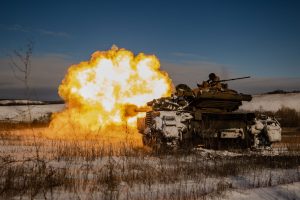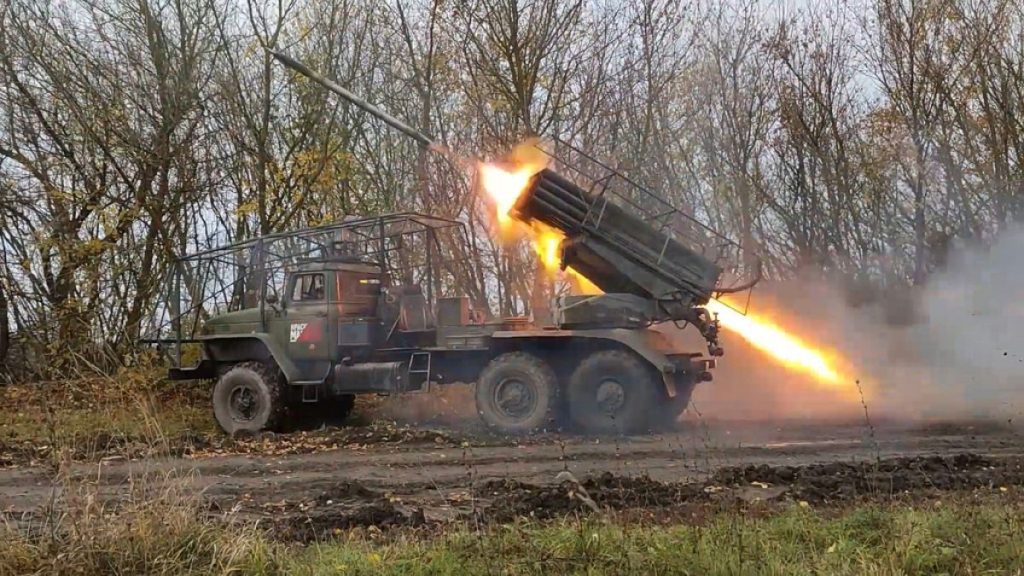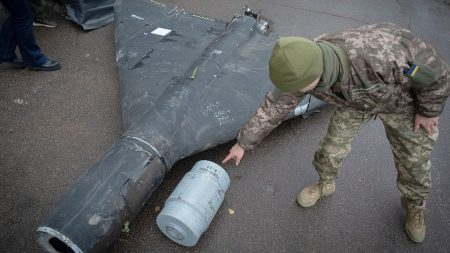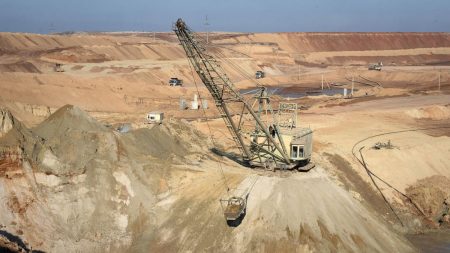The evolving geopolitical landscape has witnessed a concerning development in the form of a burgeoning military partnership between Russia and North Korea. This alliance, fueled by Russia’s ongoing war in Ukraine and North Korea’s isolationist stance, has raised alarms within the international community. Central to this concern is the reported agreement between Moscow and Pyongyang for the transfer of advanced fighter jets, specifically MiG-29s and Su-27s, from Russia to North Korea. In return, North Korea has reportedly deployed troops to Russia, ostensibly to bolster its military efforts in Ukraine. This exchange highlights the lengths to which both nations are willing to go to strengthen their respective positions, despite the potential for escalating regional tensions and violating international sanctions.
Admiral Samuel Paparo, Commander of the US Indo-Pacific Command, confirmed the agreement, emphasizing the strategic implications of such a transfer. The MiG-29 and Su-27 are both highly capable multi-role fighter aircraft, representing a significant upgrade to North Korea’s aging air force. This infusion of modern technology could alter the balance of power in the region, potentially emboldening North Korea and posing a greater threat to its neighbors, including South Korea and Japan. While North Korea’s current fleet of MiG-29s and other aging aircraft is limited, with many potentially non-operational, the addition of more advanced and well-maintained aircraft from Russia represents a substantial improvement in their air combat capabilities.
The deployment of North Korean troops to Russia adds another layer of complexity to the situation. While initial reports suggested these troops were stationed in the Kursk region, likely serving in support roles rather than direct combat, the exact nature and extent of their involvement remains unclear. Reports of Russian advances in the Sumy region bordering Kursk, while disputed by Ukrainian authorities, further contribute to the uncertainty and underscore the volatile nature of the border area. The presence of North Korean troops, even in a non-combatant capacity, provides Russia with additional manpower and logistical support, potentially freeing up Russian forces for other operations.
The implications of this military cooperation extend beyond the immediate context of the war in Ukraine. It signals a deepening relationship between two isolated nations, both facing significant international pressure. For Russia, this partnership offers a source of military support and potentially access to North Korean weaponry, while for North Korea, it provides much-needed economic and military aid, along with a powerful ally in the face of international sanctions. This alliance raises concerns about the potential proliferation of weapons technology and the further destabilization of already fragile geopolitical dynamics.
The reports surrounding the presence and activities of North Korean troops within Russia are shrouded in a degree of ambiguity. While Ukrainian sources have reported their presence in the Kursk region, possibly in non-combat roles, Russian authorities have remained largely silent on the matter. This lack of transparency fuels speculation and raises questions about the true nature of their deployment. The reported Russian advances in the Sumy region, bordering Kursk, further complicate the picture, although Ukrainian officials have disputed these claims. The conflicting information highlights the challenges in obtaining accurate assessments of the situation on the ground and underscores the importance of verifying information from multiple independent sources.
The evolving Russia-North Korea military partnership represents a significant development in the global geopolitical landscape. The transfer of advanced fighter jets to North Korea and the deployment of North Korean troops to Russia are indicative of a growing strategic alignment between the two nations. This partnership has the potential to exacerbate regional tensions, particularly in the Korean Peninsula, and further complicate the ongoing conflict in Ukraine. The international community must closely monitor this developing situation and take appropriate measures to mitigate the risks posed by this burgeoning alliance. The potential for further escalation and the proliferation of weapons technology warrant careful consideration and a coordinated international response.










